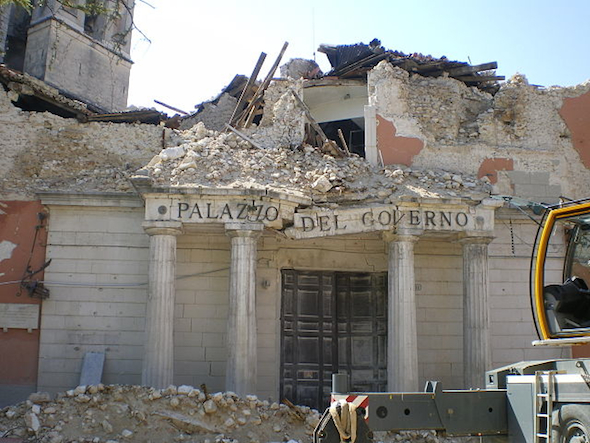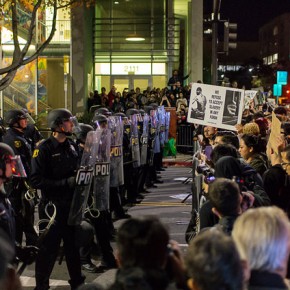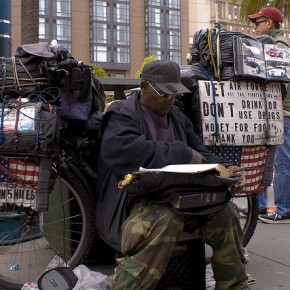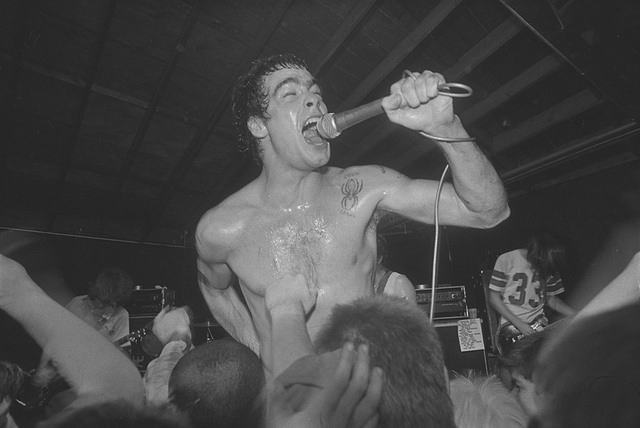When it comes to earthquakes, America takes the cake. At least as far as news coverage is concerned. Having weathered two of the most devastating quakes to strike a first world country – the 1989 Loma Prieta earthquake, which ravaged the San Francisco Bay Area, followed by the 1994 Northridge earthquake, which severely impacted Los Angeles – you can understand why.
Few parts of the world are as central, economically, and in terms of global media production, than California’s twin capitals. No wonder thebranding is theirs. Their vulnerability matters more than more recent major earthquakes in less affluent countries such as Haiti, Pakistan, and Chile, to name a few.
The only competitor for attention has been the 2011 Great Tōhoku Earthquake, off the coast of Japan, which triggered the tsunami that caused the Fukushima disaster. Still, despite the fact it was triggered by seismic activity, it was the earthquake’s oceanic after-affects, in the form of a tsunami, which caught our attention, due to the nuclear reactor meltdown it triggered.
Few, if anyone outside Italy, would associate it with seismic activity. Blame it on the country’s identity as a tourist destination, and a source of culinary pleasures. Nonetheless, it is one of Europe’s most unstable geographic areas, stretching from the north, in Piemonte, to Abruzzo, in the center, where the 2009 L’Acquila earthquake took place, destroying entire towns.
One of the most complex of post-earthquakes politics, the aftermath of the L’Acquila quake turned out to be one of the signature moments of the Berlusconi era, signifying his utter disregard for the welfare of tragedy-struck of Italians, as well as the failings of the state, and its criminally negligent geologists, to prepare for such natural disasters, and care for their victims afterwards.
To make matters worse, the government placed its survivors in tent camps guarded by soldiers, run, for all intents and purposes, like gulags. Residents were subject to curfews, and harsh weather conditions. There were elements of authoritarianism to the situation which was as far away from disaster relief as one could get. This was Berlusconi’s dystopian state-in-the making.
Photographed in Genoa, three years later, following two 5.9 quakes that struck the nearby Emilia-Romagna region, the flyer below, articulates some of the same political themes as those first raised in L’Aquila. There is a pronounced anarchist theme, about the need to self-organize, as an alternative to being subject to militarized relief efforts by the authorities.

Benefits for earthquake victims against the crisis management show
Once again the region has been devastated by an earthquake and once again, as already happened in L’Aquila, the government has not wasted time to militarise the areas affected by the disaster through the army, police and civil defence, impeding any form of self organization of the population.
The only possibility that this emergency business leaves to the people of Emilia is to live inside the fenced camps managed by civil defence with rigid rules and continuous vigilance. And if you don’t agree, you’re out.
Many people have decided to resist to all this, trying to organize by themselves but, being excluded by institutional aid, they need our material support.
The following items are useful and welcomed:
– Food storable for a prolonged period of time: pasta, cookies, canned products, long-life milk…
– Camping material: tents, covers, gas cookers, gas refills…
– Construction and working material: hammers, screwdrivers, nails, wooden boards, scaffolding pipes, wooden poles, wrenches, pliers, nippers, screws, buckets…
– Hydraulic material: plastic pipes, gaskets, clamps, shower head…
– Electrical material: cables, light bulbs, torches, electrical generators, extension cables, adaptors…
– Clothes (for adults and children)
– Toys
– Products for babies: diapers, feeding bottles, soothing cream…
– Products for personal care: tampons, shampoo, paper handkerchiefs, toilet paper, blades, laundry and dish soap…
DON’T WASTE PLASTIC, BRING YOUR CUP!!!
All the collected material will be distributed directly among the families struck by the earthquake and/or to the camps managed by population, without using the canal of civil defence, of parties or other institutional intermediaries.
THURSDAY 14 OF JUNE
6 PM
PIAZZA POSTA VECCHIA
Translated from the Italian by Giulia Pace, with commentary by Joel Schalit. Photographs courtesy of Wikimedia and Joel Schalit.






1 comment